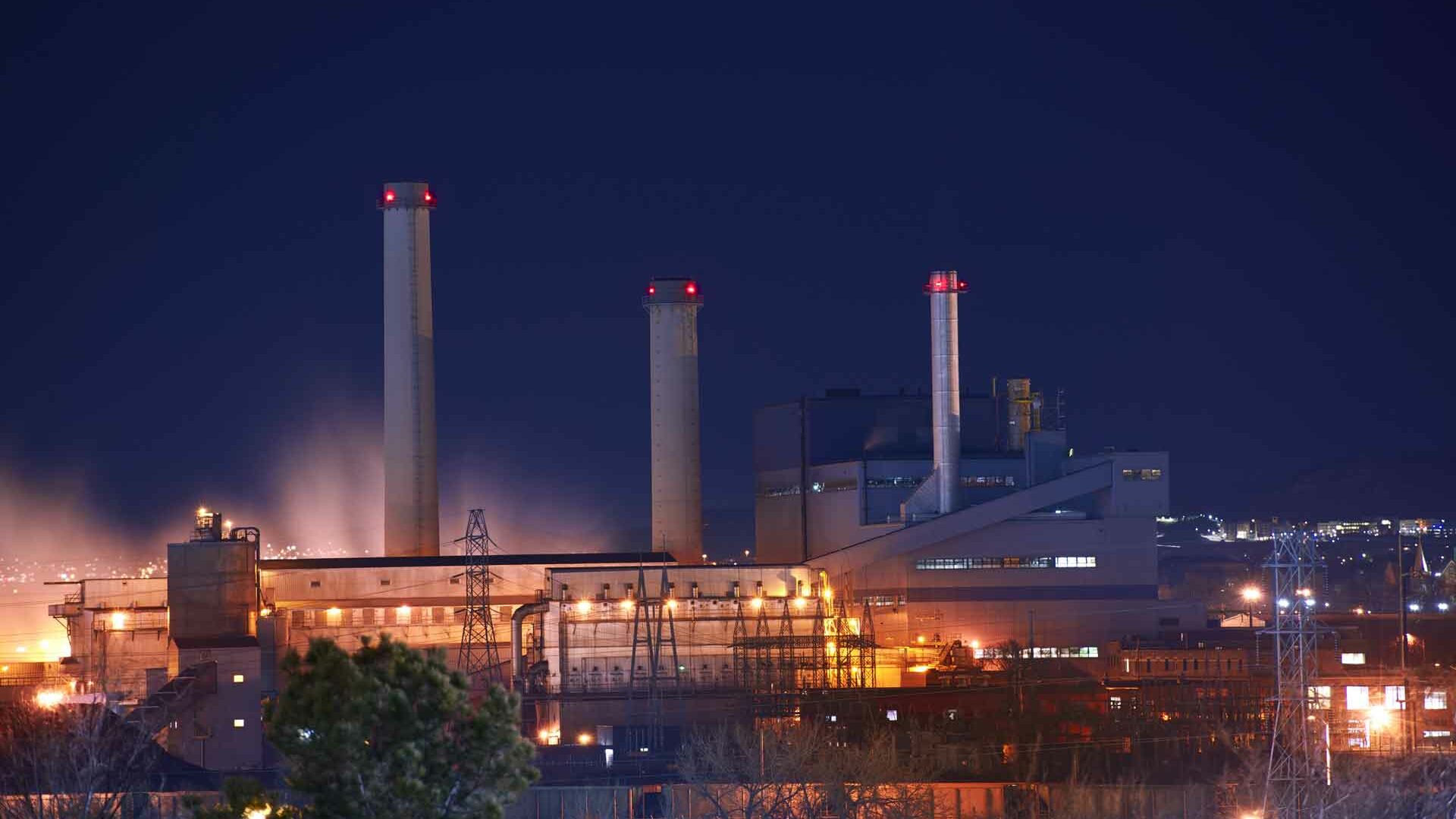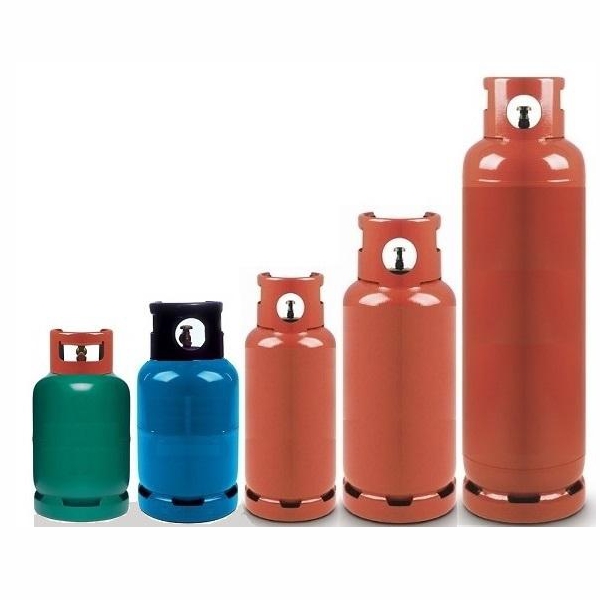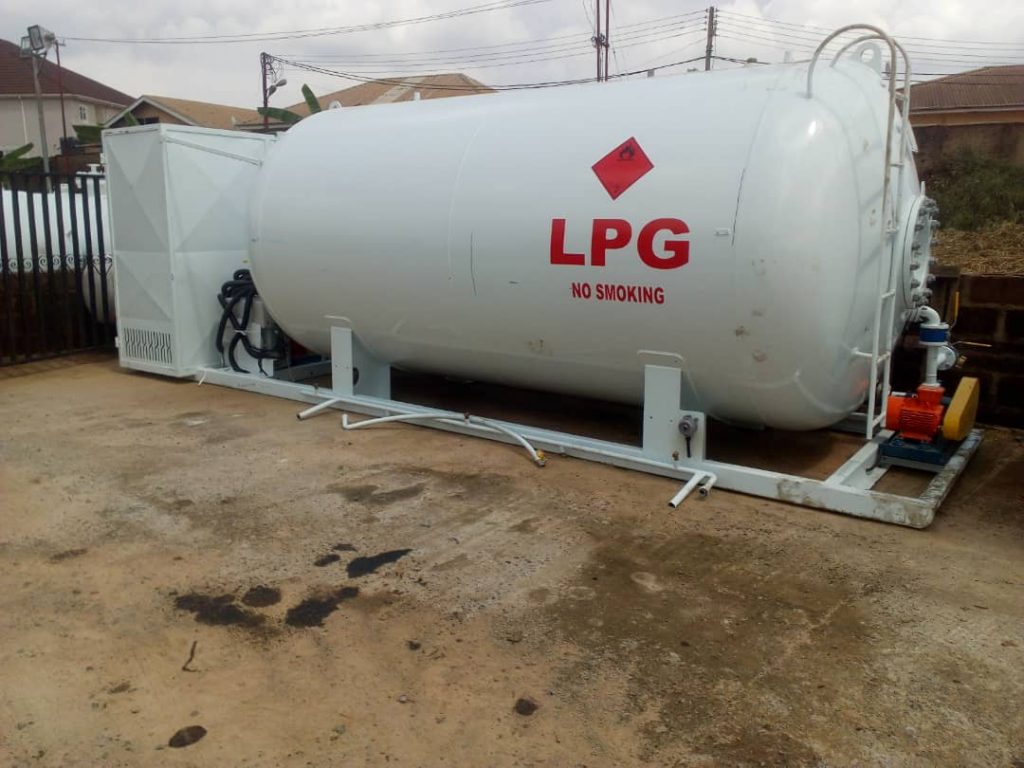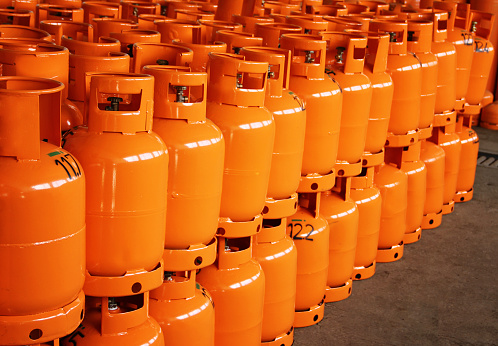The Nigerian National Petroleum Corporation (NNPC) Monday sealed an agreement with Shell Petroleum Development Company (SPDC), Seplat Petroleum Development Company Plc, Oando Plc and other partners on the implementation of seven critical gas development projects worth $3.7 billion to bridge the gas supply shortfall in the domestic market.
This development came as crude oil prices rose Monday following increased global demand and the United States efforts to shut out Iranian output using sanctions.
The development, according to unfolding drilling data, indicated an increase in US shale.
Speaking Monday in Lagos at the ‘Framing Workshop on the Seven Critical Development Projects’, where the agreement was signed, the Group Managing Director of NNPC, Dr. Maikanti Baru, identified five projects by the NNPC joint ventures and two projects by the Nigerian Petroleum Development Corporation (NPDC), a subsidiary of the corporation, as the seven projects.
According to him, some of the projects include, full utilisation of Uquo Gas Plant to deliver 200 million standard cubic feet of gas per day (mmscfd), through the NPDC’s Utapate gas in Oil Mining Lease (OML) 13; and the joint development of OML 24, a joint venture between the NNPC and Newcross and OML 55, a JV between the corporation and BELEMA OIL.
The other projects are the full utilisation of Seplat Petroleum Development Company Plc’s Oben Gas Plant to deliver 465mmscfd of gas; and the full utilisation of Pan Ocean’s Ovade Gas Plant to deliver 130mmscfd.
“There exist another opportunity to utilise the spare capacity of 100mmsfd in Pan Ocean Ovade Gas Plant, which currently processes 30 mmscfd due to sub-surface limitation. The plan was to send NPDC Oredo gas to Ovade for processing but due to lack of alignment of schedule, NPDC has progressed significantly with the installation of two compressors to supply the gas directly into the Escravos Lagos Pipeline System (ELPS). This non-alignment of purpose can be eliminated through proper synchronisation of our developments,” Baru explained.
He noted that domestic gas demand was growing at an exponential rate that outpaces gas supply development plan.
According to him, a gap of about three billion cubic feet per day (bcfd) of gas by 2020 has been identified by NNPC, which will be bridged at the full completion of the seven critical gas projects.
Baru said the NNPC had engaged two world-class project management consultants – DeltaAfrik/Worley Parson and Crestech/Penspen) who will work with NPDC and NNPC JV partners and other stakeholders to achieve set project deliverables.
He said the implementation of the projects was the beginning of the end to the gap in domestic gas supply of 3.5 bscfd, as these projects at full implementation would be the final solution in resolving the foreseen domestic gas supply gap.
Baru identified the timely availability of funds as one of the factors that would help in project delivery, adding that the NNPC had developed a third party financing arrangement for new investments and had also secured $3.7 billion for the under-listed projects.
Baru included Belema Oil and Pan Ocean as some of the NNPC’s partners in the projects.
He listed governance for unitised assets; timely approvals with other agencies and lease renewal as some of the other enablers that would quicken the implementation of the projects.
According to him, though lease renewal is not under NNPC purview, the corporation would do everything within its means to ensure that lease renewal requests related to these projects are supported for renewal.
As the NNPC commenced the implementation of gas projects, crude oil prices also rose Monday over increased global demand and the limited success of the US efforts to shut out Iranian output using sanctions.
Benchmark Brent was up 70 cents at $77.81 per barrel, while the US crude was unchanged at $73.80.
The US said it wanted to reduce oil exports from Iran, the world’s fifth biggest oil producer, to zero by November, in a move that will oblige other big producers such as Saudi Arabia to pump more.
But Saudi Arabia and other members of the Organisation of the Petroleum Exporting Countries (OPEC) have little spare capacity and oil demand has risen faster than supply over the last year.
At the same time, exports from several OPEC producers, including Venezuela and Libya, have been falling.
US oil output is increasing but is unlikely to be able to fill the supply gap if US sanctions are successful in blocking Iranian exports.
US energy companies last week increased the number of rigs drilling for oil by five to 863.
The US rig count, an early indicator of future output, is much higher than a year ago as companies have ramped up production in response to higher prices.
OPEC, Russia and other producers agreed in June to a modest increase in output to dampen oil prices, which recently hit three and a half year high.
A rise in supply will reverse some of the output cuts that OPEC and other major producers put in place in early 2017 to end several years of glut.
Source: akelicious.net




